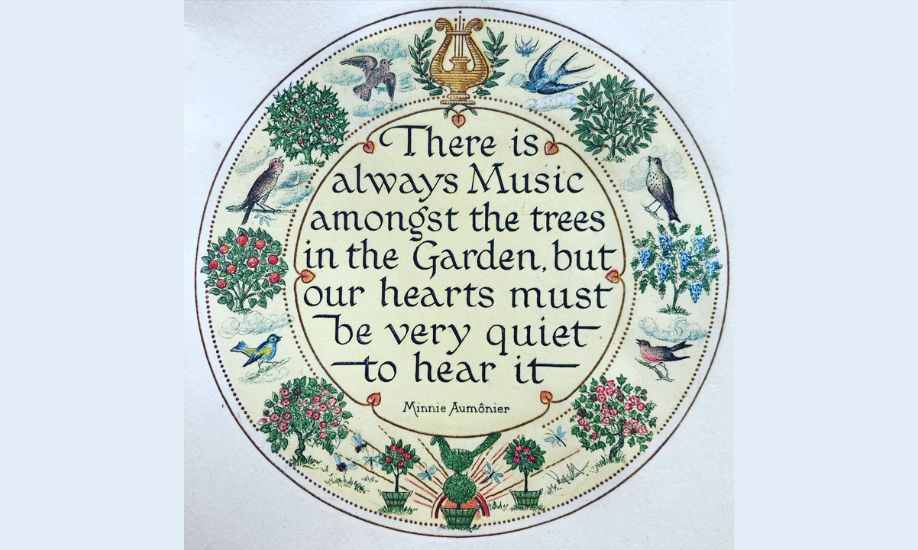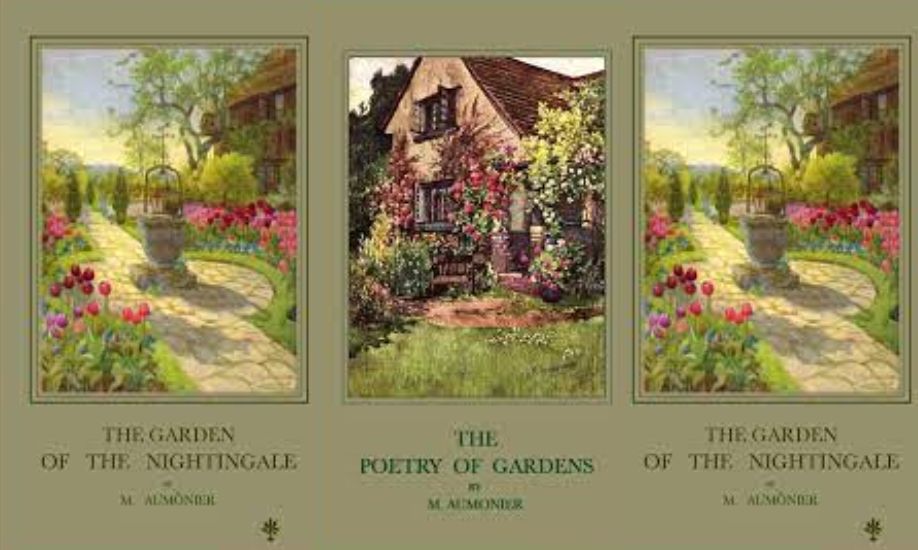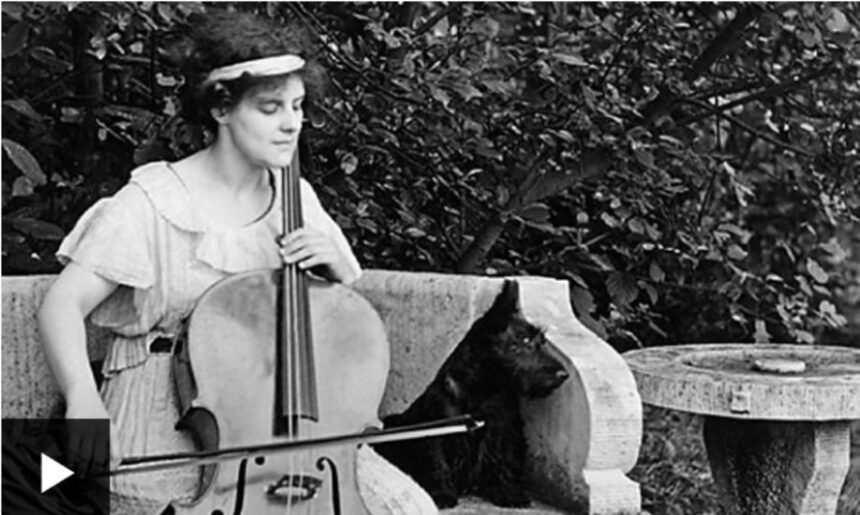Beatrice Harrison Aumonier and Minnie Aumonier represent two extraordinary women who shaped early 20th-century England through their unique contributions to music, poetry, and art. Their lives intertwined in fascinating ways, leaving a legacy that continues to inspire. This article delves deeply into the lives and works of Beatrice Harrison and Minnie Aumonier, exploring their accomplishments, their connection to nature, and their cultural impact.
Beatrice Harrison Aumonier: A Musical Pioneer
Beatrice Harrison Aumonier was a celebrated British cellist known for her extraordinary talent and groundbreaking outdoor performances. Born in 1892 in India, she moved to England, where she received rigorous musical training alongside her sisters. Her dedication to music led to early success, including winning the Mendelssohn Prize in Berlin and performing at prestigious venues like Carnegie Hall.
One of Harrison’s most remarkable achievements was her collaboration with composers such as Edward Elgar and Frederick Delius. Her 1910 performance of Brahms’s Double Concerto alongside her sister May earned her widespread acclaim. However, her most iconic moment came in 1924 when she performed with nightingales in her Surrey garden. This live broadcast by the BBC captured the imagination of audiences worldwide, creating an annual tradition that lasted until 1942.
Minnie Aumonier: A Poet and Artist of Nature
Minnie Aumonier, an English artist, poet, and costume designer, was renowned for her floral paintings and evocative garden-themed poetry. Born in 1865 into a family of artists, she exhibited her work at various galleries and contributed significantly to the decorative arts scene.
Her poetry collections, such as Gardens in Sun and Shade and An Old World Creed, celebrated the beauty and serenity of nature. Her unique ability to blend words and visuals made her works stand out. Minnie Aumonier’s dedication to nature’s beauty is encapsulated in her 1932 booklet, The Garden of the Nightingale, dedicated to Beatrice Harrison and her sisters. This booklet highlighted the enchanting collaboration between Harrison’s cello and the nightingales.

William Aumonier and the Artistic Legacy
William Aumonier, Minnie’s cousin, was another remarkable figure in the Aumonier family. Known for his sculptures and artistic influence, William played a significant role in shaping the artistic milieu of the time. His contributions, alongside those of Minnie, solidified the Aumonier family’s reputation in the world of art.
William’s works were characterized by their intricate detailing and emotive quality. His artistic legacy further complemented the poetic and visual artistry of Minnie Aumonier, creating a family legacy deeply rooted in creativity.
Gardens in Sun and Shade by M. Aumonier
Gardens in Sun and Shade is one of Minnie Aumonier’s most celebrated works. This collection of poetry and illustrations captures the essence of English gardens, blending vibrant imagery with poignant verses. Each piece reflects Minnie’s deep appreciation for nature’s beauty and tranquility.
This book became a treasured addition to the libraries of garden enthusiasts and literary connoisseurs. Its timeless appeal continues to inspire readers, offering a glimpse into the idyllic world Minnie sought to portray.

Stacy and Minnie Aumonier
Stacy Aumonier, a cousin of Minnie, was a prolific writer and a key figure in the Aumonier family. Known for his short stories and novels, Stacy’s works often explored human nature and societal themes. The artistic synergy between Stacy and Minnie reflected their shared passion for storytelling, albeit in different mediums.
The collaboration and mutual admiration among the Aumoniers—Stacy, Minnie, and William—created a rich tapestry of creative expression that resonated across generations.
The Influence of Aumonier Harlaston Teachers
The Aumonier family’s influence extended into education, with connections to Harlaston teachers. These educators played a crucial role in nurturing artistic and literary talent within the community. The Aumoniers’ emphasis on creativity and intellectual growth underscored their belief in the transformative power of education.
C. Aumonier, a Harlaston teacher, was instrumental in fostering a culture of learning and artistic exploration. Their work complemented the broader contributions of the Aumonier family, reinforcing their legacy.
Aumonier Portraits and Artistic Expression
Portraiture was another domain where the Aumonier family excelled. Aumonier portraits captured the essence of their subjects with remarkable depth and sensitivity. These artworks not only showcased technical skill but also offered glimpses into the personalities and stories of the sitters.
The tradition of portraiture within the Aumonier family further demonstrated their commitment to preserving and celebrating human connection through art.
The Synergy of Beatrice Harrison and Minnie Aumonier
The collaboration between Beatrice Harrison and Minnie Aumonier epitomized the harmonious blend of music, poetry, and art. Their shared love for nature served as a foundation for their creative partnership. Minnie’s dedication of The Garden of the Nightingale to Harrison highlighted their mutual admiration and the enduring impact of their work.
Together, they created a cultural legacy that celebrated the beauty of the natural world and the transformative power of creative expression.
Beatrice Harrison and the Nightingales: A Unique Bond
Beatrice Harrison Aumonier’s extraordinary musical partnership with nightingales remains a unique chapter in musical history. Practicing in her garden in Surrey, she discovered that the birds would sing in harmony with her cello. This rare interaction led to the historic 1924 live BBC broadcast, blending human music and nature in an unprecedented way.
The annual tradition of these broadcasts not only showcased her talent but also symbolized a deep connection between humanity and nature, making Beatrice Harrison’s performances timelessly enchanting.
The Artistic Influence of Minnie Aumonier’s Poetry
Minnie Aumonier’s poetry is renowned for its evocative depiction of natural landscapes. Her works often transported readers to serene gardens, vibrant fields, and tranquil settings, reflecting her belief in the restorative power of nature. Her words served as an artistic bridge between the human experience and the natural world.
Her influence on art and poetry was profound, inspiring countless artists and writers to explore similar themes. Minnie’s unique voice remains a cornerstone of English nature poetry.
FAQs about Beatrice Harrison and Minnie Aumonier
Who was Beatrice Harrison Aumonier?
Beatrice Harrison was a celebrated British cellist known for her groundbreaking performances and collaborations with composers such as Edward Elgar. She gained worldwide recognition for her live BBC broadcasts featuring her cello alongside nightingales.
What is Minnie Aumonier known for?
Minnie Aumonier was an English poet and artist celebrated for her floral paintings and nature-themed poetry collections, such as Gardens in Sun and Shade and An Old World Creed.
What is the connection between Beatrice Harrison Aumonier and Minnie Aumonier?
Minnie Aumonier dedicated her booklet, The Garden of the Nightingale, to Beatrice Harrison, celebrating her unique musical performances with nightingales.
What is the significance of the Aumonier family in art and education?
The Aumonier family, including William, Stacy, and Minnie, were prominent figures in art, literature, and education. They contributed to various fields, leaving a rich creative and intellectual legacy.
How did Beatrice Harrison Aumonier’s performances with nightingales influence music?
Beatrice Harrison’s performances with nightingales symbolized the fusion of human artistry and natural beauty. These events were pioneering, emphasizing the harmony between music and nature, and remain iconic in musical history.
Conclusion
Beatrice Harrison Aumonier and Minnie Aumonier were trailblazers in their respective fields, united by their passion for art and nature. Their lives and works continue to inspire, reminding us of the enduring power of creativity and collaboration. From Harrison’s musical dialogues with nightingales to Aumonier’s evocative poetry and illustrations, their legacies remain timeless treasures in the cultural landscape.






